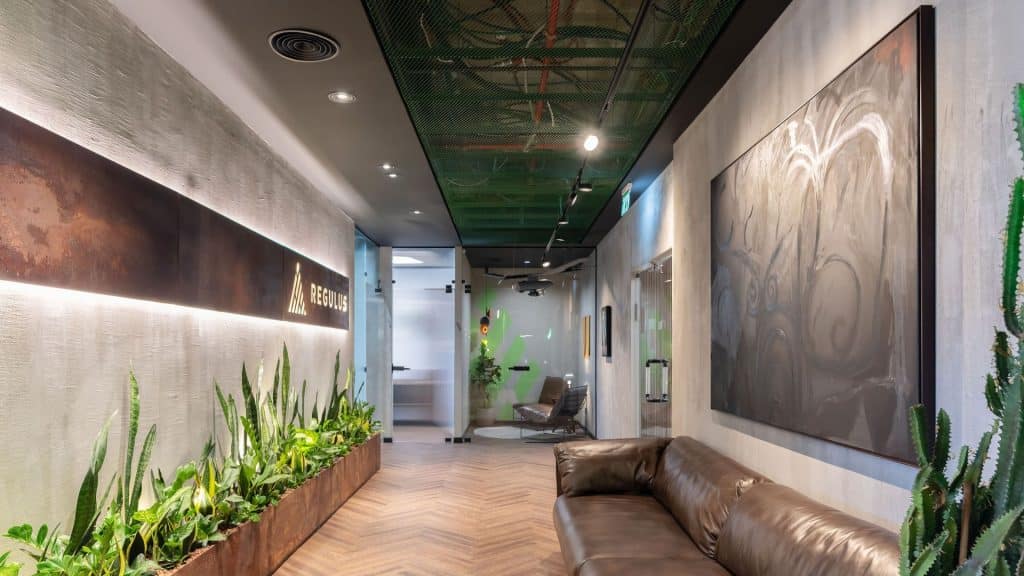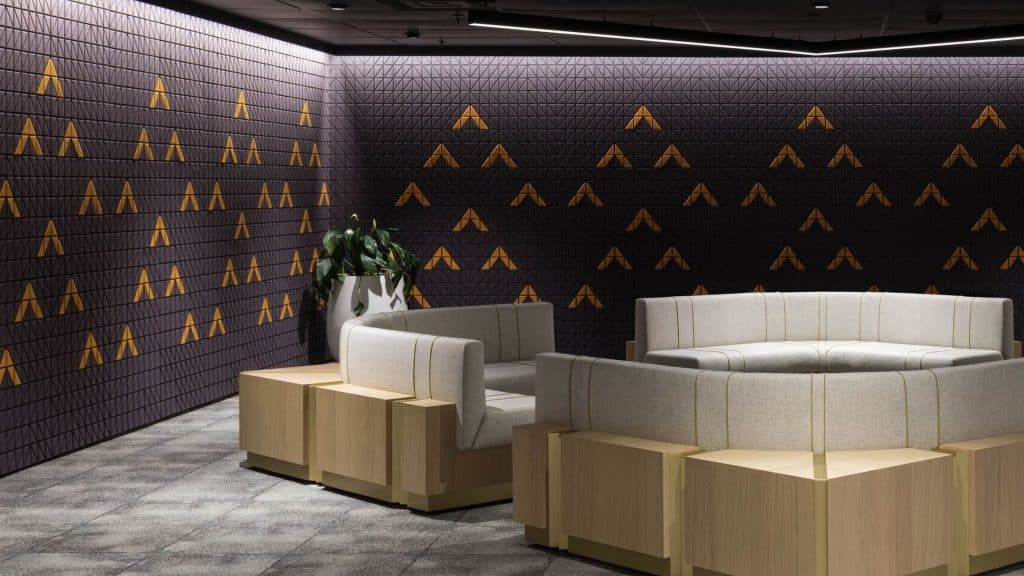In most homes, the ceiling is made of three layers: the top is made of concrete or steel construction, underneath are the plumbing, air conditioning, electrical, and other systems, and underneath is the inner layer called a false ceiling, which is usually made of plasterboard.
Plasterboard is a flexible and comfortable material, and is therefore also suitable for ceilings.
Plasterboard ceilings come in two forms: removable ceilings that allow access to the system in the ceiling, and fixed ceilings.
Adding plasterboard allows the ceiling to be lowered, to create a fashionable look for the apartment and to highlight a decorative ceiling.
A plasterboard ceiling allows you to hide various pipes, install special lighting, or hide the air conditioner.
Types of plaster for ceilings
Three types of plaster are commonly used for ceilings:
White plaster – the standard plaster. It is usually used for most parts of the house, it comes in thin sheets and is also suitable for special designs.
Pink or red plaster – has the advantage of being fireproof and is used mainly in electrical cabinets, in a hot environment or in a place prone to ignition.
Green plaster – waterproof. It is usually used for the bathroom.
Blue plaster – also waterproof, but it belongs to a more advanced generation and protects better than green plasterboard. Therefore, it is intended for very humid places such as the balcony.
Types of plasterboard ceilings
Smooth plasterboard ceiling
This is a ceiling that consists of smooth plasterboard panels. Its appearance is very elegant and it is also cheap to build. However, this plasterboard ceiling has two disadvantages, it does not block noise and it is not a discharge, so it is not possible to treat the systems above it through it. These disadvantages can be overcome by acoustic coating the surrounding walls and installing access openings in the ceiling in areas where systems exist.
Perforated plasterboard ceiling
This is an acoustic and noise-absorbing ceiling. It is more prestigious and expensive.
Tiled ceiling
The tiles also allow you to hide the pipes, and also open easily when you need to access the electrical, air conditioning and plumbing systems. Compared to a regular tiled ceiling, a plasterboard tiled ceiling allows you to create an aesthetic appearance and choose from a selection of patterns, smooth or perforated plaster or with decorative patterns.
Stretched plasterboard ceiling
Gypsum ceilings, which are built by stretching PVC sheets with a special composition, are called stretched or stretched ceilings. They have many advantages:
A variety of designs – they come in a selection of colors, prints and 3D shapes.
A sense of space – they create the illusion of size and are therefore highly recommended for small spaces.
Better lighting – they allow you to spread the light evenly in the room, making the room brighter and more pleasant.
A solution to moisture problems – they are insulated from moisture from the ceiling.
Durability – The stretch ceiling is well preserved and there is no need to maintain or repaint it.
Installing the ceiling is a short and simple process.
Ceiling design
Since gypsum is a flexible material, it can be used to create different types of ceilings and create a luxurious look at an affordable price. Different colors and shapes can be used.
You can diversify and create a decorative and spectacular look with white or colored lighting hidden in the ceiling.
You can find a variety of designs today, such as rectangular, round, oval-shaped ceilings and even floating ceilings.
Floating gypsum ceilings are built on the existing ceiling, without a connection at the edges. The impression created is that of a floating ceiling, which is not connected to the original ceiling of the house. In the space created between the floating gypsum ceiling and the original ceiling, lighting and air conditioning can be hidden.
Installing or renewing a gypsum ceiling can be an easy and inexpensive way to create a new and aesthetic look for a home.





















